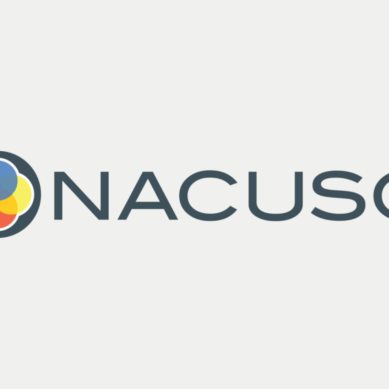As a Credit Union Service Organization, we strive to align our values with the fast-paced, mission-driven needs of the credit unions we support. We must be highly responsive to critical issues while always working to build value for our partners. A key part of balancing the needs for short-term triage and long-term roadmaps is making sure that we have clear priorities for our teams.
As a software developer, I like to use a simple framework to guide our priorities and decision-making. Having a mental model for prioritization helps us make good decisions and gives us a perspective on long-term planning. To be a part of the formula of success with our credit unions, we need to provide reliable software, with great consistency, every single day, while still building the “next thing.” We are always faced with balancing our development and support resources between these competing priorities.
Our primary mission is to keep our services generating value for our credit unions. As a software development company, you get pulled in countless directions. We want to innovate, but we need to generate revenue to fund it. We need to address issues, manage our capacity, and keep the grease in the bearings. Whether we are doing triage on the issues at hand or working on a five-year strategic roadmap, I try to keep our team focused on three guiding principles for setting priorities:
- If it’s broken, fix it.
- If it supports the value we offer our partners, get it done.
- Make it better, faster, cheaper.
Next, let’s talk about priority #1…fix it now.
If it’s broken, fix it
If your child fell off the swing and broke a bone, would you just rub some dirt on it and send them back outside? If your cash dispenser on your ATM/ITM or a signature pad on the teller line isn’t working, can your credit union members conduct their business? Things that bring a credit union to a halt clearly need to be priorities for their supporting CUSOs. Fix what is broken.
Persistent issues erode trust
When things don’t work and issues persist, people lose faith in their tools and systems. Anything that adds friction is frustrating and often requires extra effort and distraction while workarounds and communication take place. As a CUSO, we are twice removed from the people who are most impacted by issues, the members. If the members lose trust in their credit union, the credit union will lose trust in their CUSO. Things that don’t get fixed give the perception that we don’t value our customers, their time, or their experiences. Trust is hard to win back, so we can’t lose it.
Broken things signal bigger issues
Persistent issues are symptoms of bigger problems. A persistent software defect might indicate architectural or technical debt, poor testing, or siloed design and development processes. Intermittent failures can point to infrastructure or change management issues.
These are not just technical issues. These are business risks. Will unresolved issues lead to data integrity problems? If we ignore broken things, we are slowly allowing systemic failures to destroy the value we work so hard to create.
The impact of problems
- You can’t serve your customers with software and services that don’t work.
- You can’t innovate when you’re buried with issues.
- You can’t grow while burdened by technical debt.
You can’t conduct your CUSO business, grow, and innovate if you don’t prioritize fixing things that are broken.
Fix your “fix it now” problem
You can prioritize a “Fixes First” culture by:
- Set expectations for response times and communication for customer-impacting issues.
- Build support and resolution processes and tools into your development cycle up front.
- Plan to spend time on issues. Allocate time as part of your normal schedule.
- Use a tracking system to make sure issues are resolved in a timely fashion and do not accumulate and form debt.
- Resolve the symptoms, but focus on the cause of the issue.
Putting priority on resolving issues will create a more stable and valuable product, build and maintain the confidence your customers have in you, and will ultimately free you to maintain and even bolster your ability to produce value and innovate.
Next up: part 2—if it brings value, get it done
Next time, we’ll look at how prioritizing the production of the value you provide to your customers will make you a great CUSO partner for your customers and why it doesn’t work if you don’t prioritize it.























































